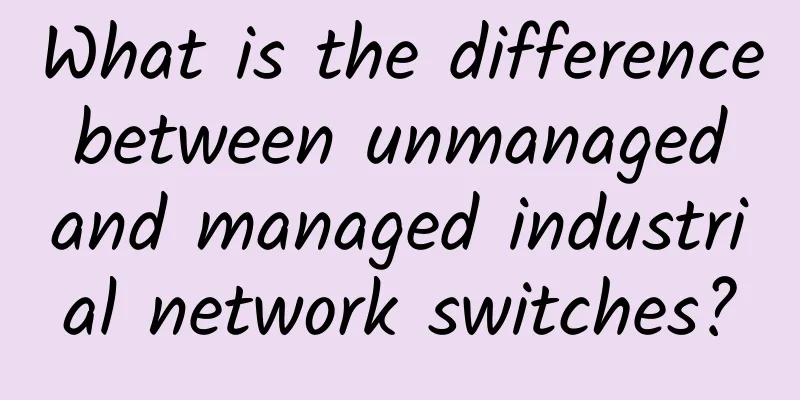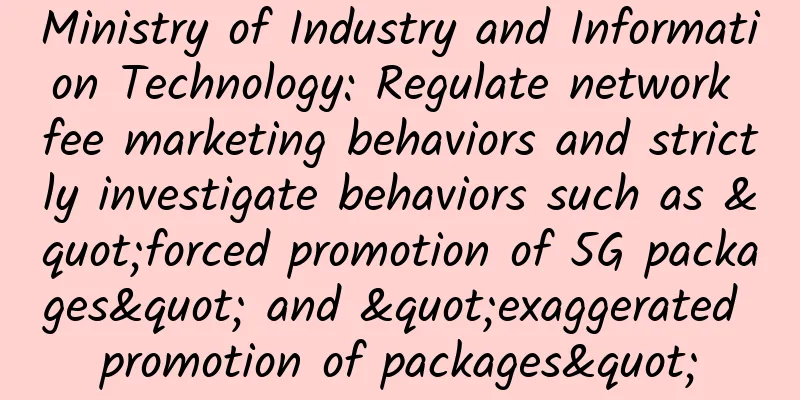Learn more about 5G infrastructure

|
5G New Radio (NR) is a global standard that enhances the 5G wireless air interface. NR will deliver a faster mobile experience in low-band (below 1 GHz), mid-band (1GHz to 6GHz), and high-band (above 24GHz mmWave). In this article, we will discuss frequencies above the high-band mmWave spectrum, showing how Integrated Access and Backhaul (IAB) opens the door to more flexible densification strategies, enabling operators to quickly add new base stations using wireless backhaul. Challenges of Expanding 5G NR mmWave Network CoverageA key challenge to broadly expanding 5G NR mmWave network coverage is the cost of deploying additional mmWave base stations. Here are some other major mobile 5G mmWave issues and how to overcome them:
What is 5G IAB?Recently, 3GPP has proposed a process to standardize multi-hop IAB networks. This article will outline the main features of multi-hop IAB proposed in 3GPP Release 16 and the reasons behind these design choices. 3GPP 5G Release 16 introduced IAB, which enables base stations to provide both wireless access and wireless backhaul connectivity to devices, eliminating the need to install more expensive wired backhaul. IAB refers to the use of a portion of the access spectrum as backhaul. Reasons to deploy wireless IAB vs. fiber IAB5G promises high bandwidth capabilities from high frequencies in the millimeter wave band. But there is a problem that high-frequency deployments have limited coverage and require a denser base station layout. This will significantly increase the cost of deployment. A major factor contributing to this cost is the deployment of optical fiber that needs to be installed underground. IAB, where part of the wireless spectrum is used for backhaul connectivity to base stations instead of fiber, now becomes an attractive solution to enable economically viable dense deployments. A key benefit of IAB is that it enables flexible and very dense deployment of New Radio (NR) cells without proportionally increasing the density of the transmission network. We can envision a wide range of deployment scenarios, including support for outdoor small base station deployment, coverage extension, indoor deployment, and fixed wireless access (FWA). As shown in Figure 1: Figure 1: IAB use case (Source: Integrated Access Backhauled Networks) The first version features of 3GPP Release 16:
Verizon's plan is a good example of deploying wireless IAB and fiber IAB Verizon has already embraced the deployment of IAB technology. This is important because, up until now, the carrier has been using a lot of fiber connections to backhaul traffic from its 5G transmission sites. That's a costly and potentially restrictive requirement, considering it means Verizon can only install 5G antennas in locations that have access to fiber and electrical connections. By deploying wireless IAB, Verizon could potentially install 5G transmitters in locations where there is only electricity, not fiber, because the wireless antennas can backhaul their traffic over a wireless link to a nearby receiver. That receiver would likely need to be connected to a fiber network. IAB deployment will allow Verizon to install 5G antennas in locations where it might be difficult or expensive to lay fiber-optic cable. A good example is the difficulty of embedding fiber-optic cable on a set of train tracks. IAB is far superior to current wireless backhaul technologies, such as those using the 60-90GHz E-band, because it does not require a separate antenna for the backhaul link. As the term “integrated” in the “integrated access backhaul” process indicates, IAB can support both the wireless connection for regular 5G users and the backhaul link using the same antenna. Deploying Wireless IAB Infrastructure in Smart CitiesUrbanization is growing rapidly as people move from rural areas to cities. This places a burden on the infrastructure in these urban areas. Smart city deployments could be the savior of urban development as they will reduce these burdens. 5G technology is expected to be a turning point that will drive smart city technologies into the mainstream while accelerating new deployments. 3GPP NR Release 16 specifies Wireless IAB, a key component of new deployments. A smart city is a framework, primarily comprised of information and communication technologies (ICT), that enables sustainable development practices to address the challenges of growing urbanization. The ICT framework consists of an intelligent network of connected objects and machines that can transmit data using wireless technology and the cloud. Smart city residents will participate in the smart city ecosystem through smartphones and mobile devices as well as connected cars and homes. Deploying many Internet of Things (IoT) devices throughout a smart city will be able to monitor and manage environmental conditions as well as infrastructure. This effort can be costly. The survival of smart cities will depend on keeping costs down. Smart cities require IoT devices to connect to the internet to access data from these devices. Deploying wireless IAB here allows base stations to provide wireless access and wireless backhaul connectivity to devices, eliminating the need for expensive wired backhaul. Wireless IAB also enables faster deployment of base stations of all sizes to provide full coverage to communities in the most timely manner. Multi-hop IAB networks are now standardized thanks to 3GPP rel-16. Smart cities also provide the infrastructure for optimizing energy distribution, improving waste collection, reducing vehicle traffic congestion, and improving air quality from the Internet of Things through true wireless communication deployment. Connected traffic lights will receive data from sensors and cars by adjusting the timing of the light rhythm, allowing them to quickly react to real-time traffic while reducing congestion. Connected cars will wirelessly connect to parking meters and electric vehicle (EV) charging stations to direct drivers to the nearest available charging and parking areas. Smart bins will wirelessly send data to waste management locations to optimise collection times. Residents’ smartphones become mobile driver’s licenses and ID cards with digital credentials, providing faster access to city and local government services. Therefore, by leveraging a large portion of the spectrum available at mmWave frequencies for wireless backhaul, IAB will significantly reduce the deployment cost of 5G networks while achieving performance comparable to fiber deployments. Looking forward to 5G version 17 Figure 2: 5G3PP Release 17 Overview (Source: 5G3PP) 5G 3GPP Release 17 (Figure 2) has a new timeline, with progress delayed due to the cancellation of face-to-face meetings caused by the coronavirus. 3GPP is resuming face-to-face meetings in the second half of 2021. The good news is that the content of Release 17 was approved at the December 2019 meeting. For more details, see the agreed Release 17 timeline on the 3GPP website. SummarizeIn this article, we explore the many challenges facing the challenging task of expanding the coverage of 5G NR mmWave networks. Prior to the advent of 5G 3GPP Release 16, fiber was an initial but costly option, with integrated access and backhaul emerging as a very viable low-cost option. We have demonstrated that wireless IAB is a better solution in terms of cost and performance than fiber or any other proposal. Verizon’s solution provides a great example. A major and relatively new area of 5G communications deployment is smart cities. This article shows how Wireless IAB is a perfect example of dense deployment with comparable performance at 5G mmWave frequencies without the need for more expensive fiber connections to each base station. |
<<: What is Wi-Fi-6E and how is it different from Wi-Fi-6
Recommend
The love-hate relationship between video surveillance networks and IPv6
Among the three major layers of the Internet of T...
Huawei joins hands with Southwest Guizhou to use cloud to give this land a better future
[51CTO.com original article] Xiao Wang is an ordi...
Super detailed! Introduction to Ethernet switch security features
Today I will talk to you about the security funct...
5G development has reached a critical turning point
"5G currently covers all county towns and ur...
HostYun Los Angeles CN2 GIA line AMD series VPS simple test
We have shared information about VPS hosts in var...
5G paves the way for new IoT projects
Since its major launch two years ago, 5G has cont...
What is the current status of 6G and when will it arrive?
6G will bring many improvements in many areas, bu...
A white-label vendor's perspective: The evolution of minimalist switch NOS
Traditional switch operating systems (NOS) are a ...
Apple CEO Cook: 5G promotion is still in the "early stages"
Apple CEO Tim Cook believes that 5G promotion is ...
Wi-Fi Sense: Your home's next sensor may not be a sensor
Part 01 How Wi-Fi Sensing Works Wi-Fi sensing is ...
"Net Neutrality" Is Making a Comeback, Will the World Be a Better Place?
[[413633]] As part of his plan to promote large-s...
The 17th China Enterprise Annual Selection List for 2022 was announced: Juniper Networks China CTO Jing Youhao won the 2022 IT Industry Network Outstanding Contributor
In November 2022, the "China Enterprise &quo...
How to Choose the Right Data Cabling for Your Business
Are you building a new office? Is your current of...
Is 5G data expensive? Should I change my SIM card? Learn what you don’t know about 5G!
Do I need to change my phone or SIM card in the 5...
Let JWT protect your API services
Hello everyone, I am Dayao. I have written an art...









